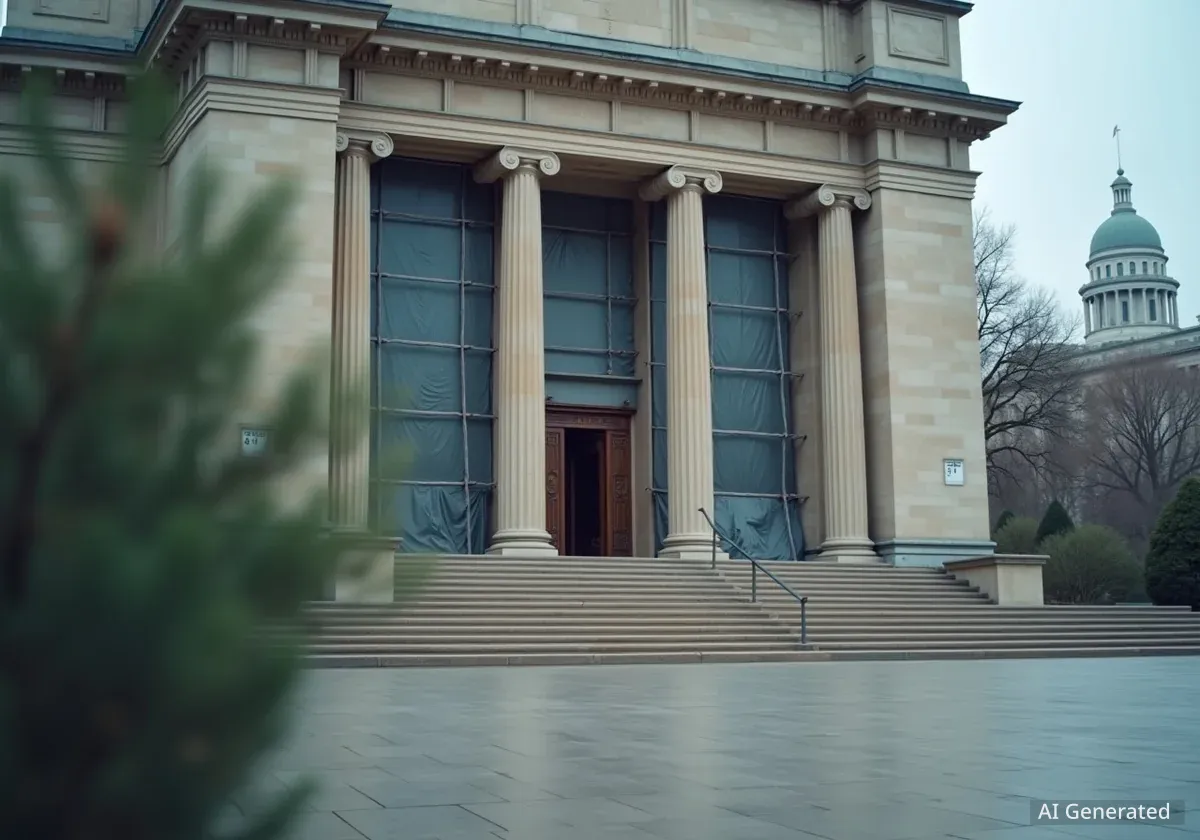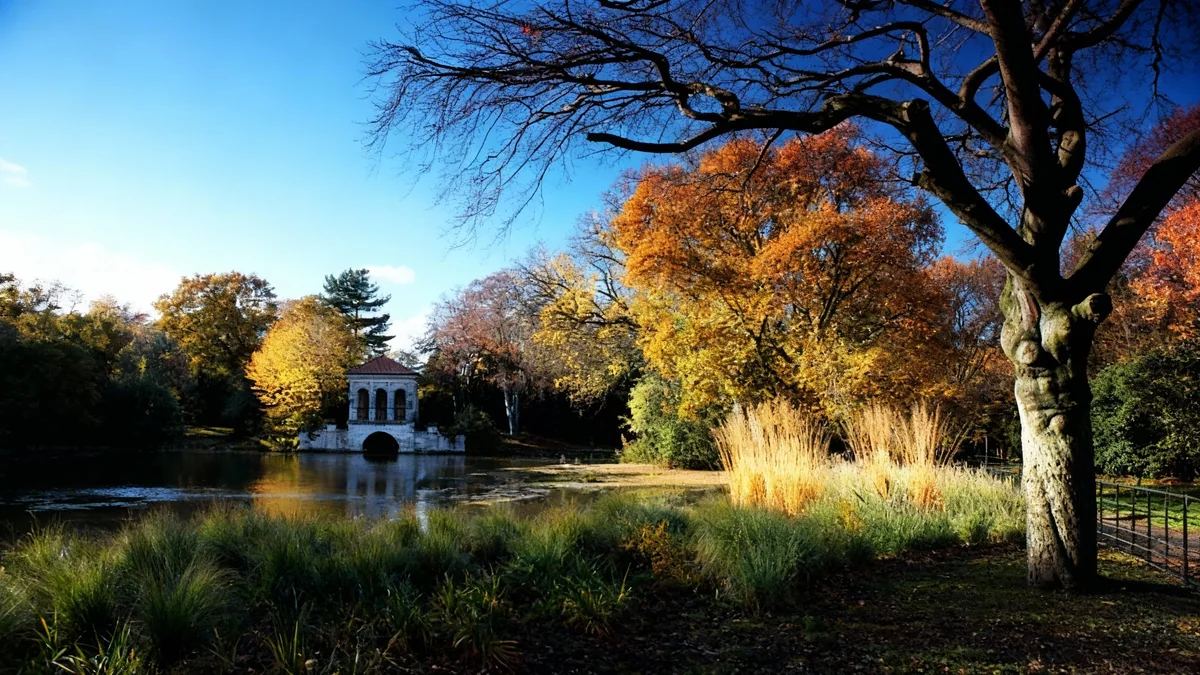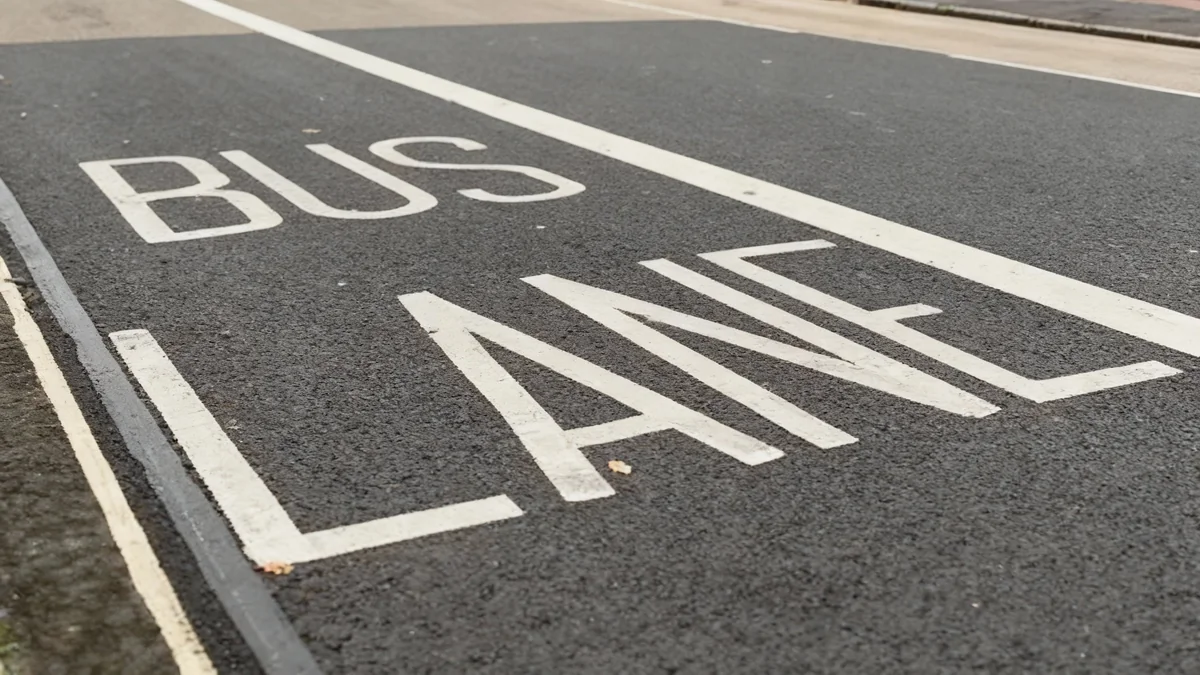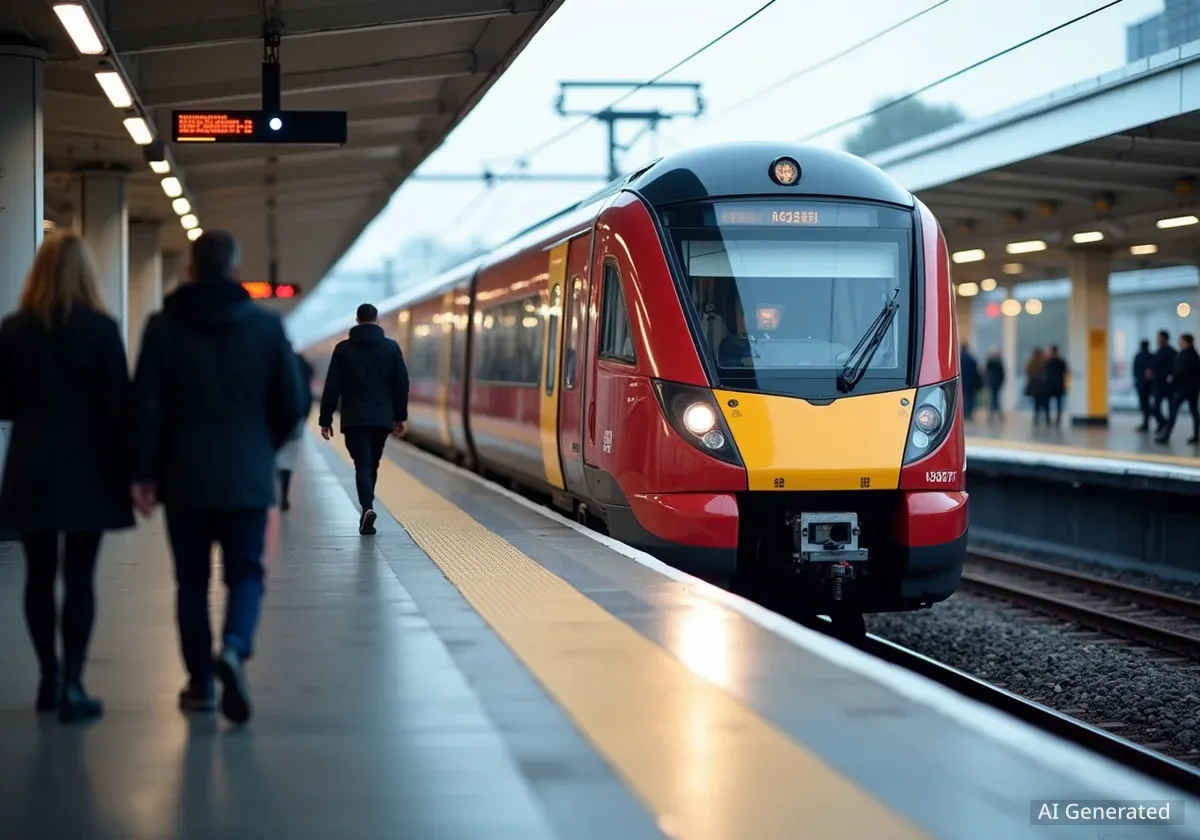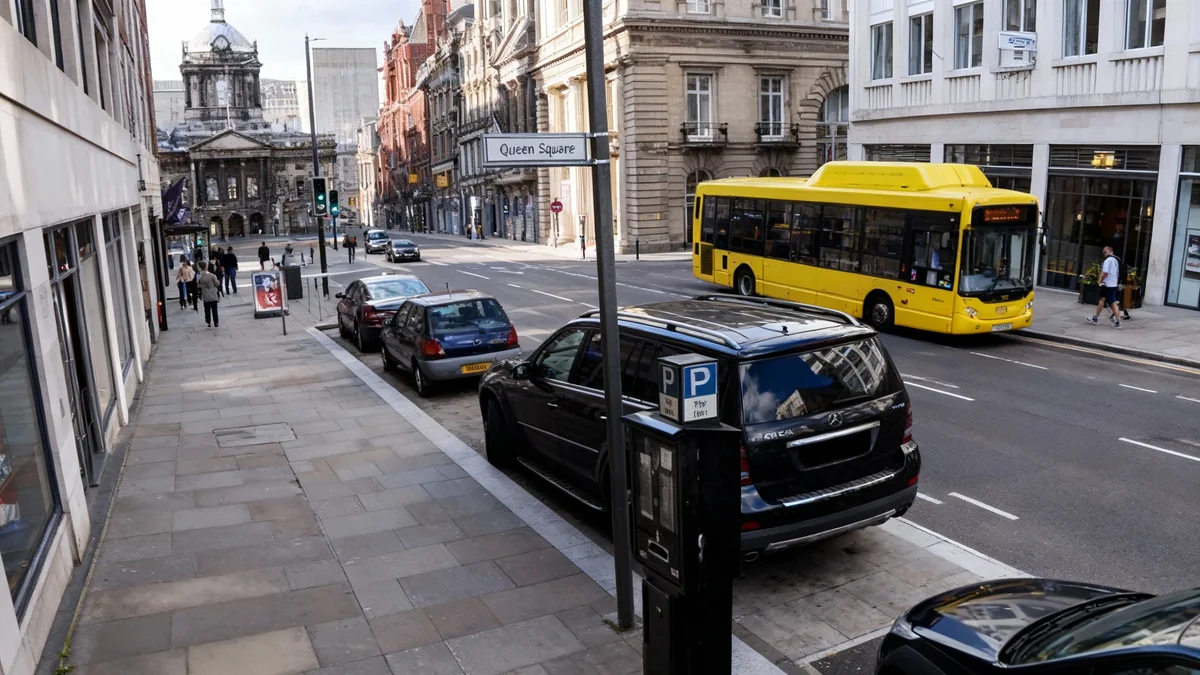The planned reopening of Liverpool's Maritime Museum and International Slavery Museum has been postponed by approximately six months, with the new target date now set for 2029. National Museums Liverpool attributed the delay to the impact of a government budget review announced in late 2024, which affected the timeline for the £81 million Waterfront Transformation Project.
Key Takeaways
- The reopening for the Maritime Museum and International Slavery Museum is now scheduled for 2029, a six-month delay from the original 2028 target.
- National Museums Liverpool cited a government budget review from November 2024 as the primary cause for the revised timeline.
- The closures are part of the ambitious £81m Waterfront Transformation Project, which received planning permission in 2024.
- The project includes a new entrance for the International Slavery Museum and significant upgrades to both venues.
Project Timeline Revised for Waterfront Museums
Two of Liverpool's most significant cultural institutions, the Maritime Museum and the International Slavery Museum, will remain closed to the public for longer than initially planned. The museums, located at the Royal Albert Dock, ceased operations on January 5, 2025, to allow for extensive redevelopment work.
The original schedule aimed for a grand reopening in 2028. However, National Museums Liverpool (NML) has confirmed a shift in this timeline, pushing the completion date into 2029.
Reason for the Delay
According to a spokesperson for National Museums Liverpool, the adjustment is a direct result of external financial planning. "(With) a project of this scale a degree of flexibility within the timeline is to be expected, but the impact of the government’s budget review, announced in November 2024, caused significant delays to our progress," the representative stated.
This review has pushed the expected opening date on by approximately six months. Despite the setback, NML is moving forward with the project, which has now entered a critical design phase.
Details of the £81m Transformation Project
The redevelopment is a core component of the Waterfront Transformation Project, an £81 million initiative designed to reimagine the museum experience and preserve Liverpool's rich, complex history for future generations. NML secured planning permission for the extensive works in 2024.
International Slavery Museum Enhancements
The International Slavery Museum is set to undergo the most dramatic changes. A key feature will be a new, dedicated entrance located in the Dr Martin Luther King Jr Building. This will create a more prominent and accessible arrival point for visitors.
A visually striking iron and glass bridge is planned to connect the new entrance to the main galleries in the Hartley Pavilion. The building will also gain a new community learning area, expanding its educational capacity.
Maritime Museum and Shared Facilities
The Maritime Museum will benefit from a completely redesigned and improved welcome area, aiming to enhance the visitor experience from the moment they arrive. Both museums will also see upgrades to their commercial facilities.
These improvements include a new shop, a modern café, and flexible event spaces, which will help support the museums' long-term financial sustainability.
To provide the public with a clearer vision of the final design, National Museums Liverpool has released a new fly-through film showcasing the architectural plans and ambitions for both museums.
Assessing the Project's Wider Impact
The significance of the Waterfront Transformation Project extends beyond its architectural scope. A major academic study, titled "the £1 Billion* Initiative," is being conducted to measure its social and cultural value.
The University of Liverpool’s Heritage Institute is leading this research in collaboration with several international partners, including the England and World Monuments Fund and scholars from the United States, Oman, and Africa.
The study aims to evaluate how major cultural heritage projects can:
- Enhance community pride and local identity.
- Attract a greater number of international visitors.
- Stimulate growth in the creative industries.
- Deepen Liverpool's global connections and cultural dialogue.
Vicky Smith, Executive Director of National Museums Liverpool, commented on the importance of this research as the project progresses.
"We enter RIBA 4, an important milestone as the concept drawings for International Slavery Museum and Maritime Museum are developed into detailed, technical designs, with renewed belief in these museums and their rightful place not only in Liverpool’s cultural landscape but their national and international significance too.”
Smith added that while NML understands the project's value through community engagement, the university's work provides "deeper insight, further metrics and significant validation."
A Commitment to Social and Cultural Justice
The academic partners view the project as a pivotal opportunity to explore the role of heritage in modern society. The focus on the International Slavery Museum, in particular, aligns with broader goals of addressing historical injustices.
Professor Soumyen Bandyopadhyay, Director of the University of Liverpool’s Heritage Institute, explained the institution's commitment.
"The Heritage Institute is committed to playing a pivotal role in addressing global imbalances to ensure social and cultural justice... for us, understanding the true dimension of the social value generated through heritage, redevelopment and cultural initiatives is central to restoring the central role of heritage in our societies."
As the museums remain closed, the detailed design work will continue behind the scenes. The four-year closure period will allow for the complex construction and curation required to deliver on the ambitious vision for Liverpool's waterfront heritage.
